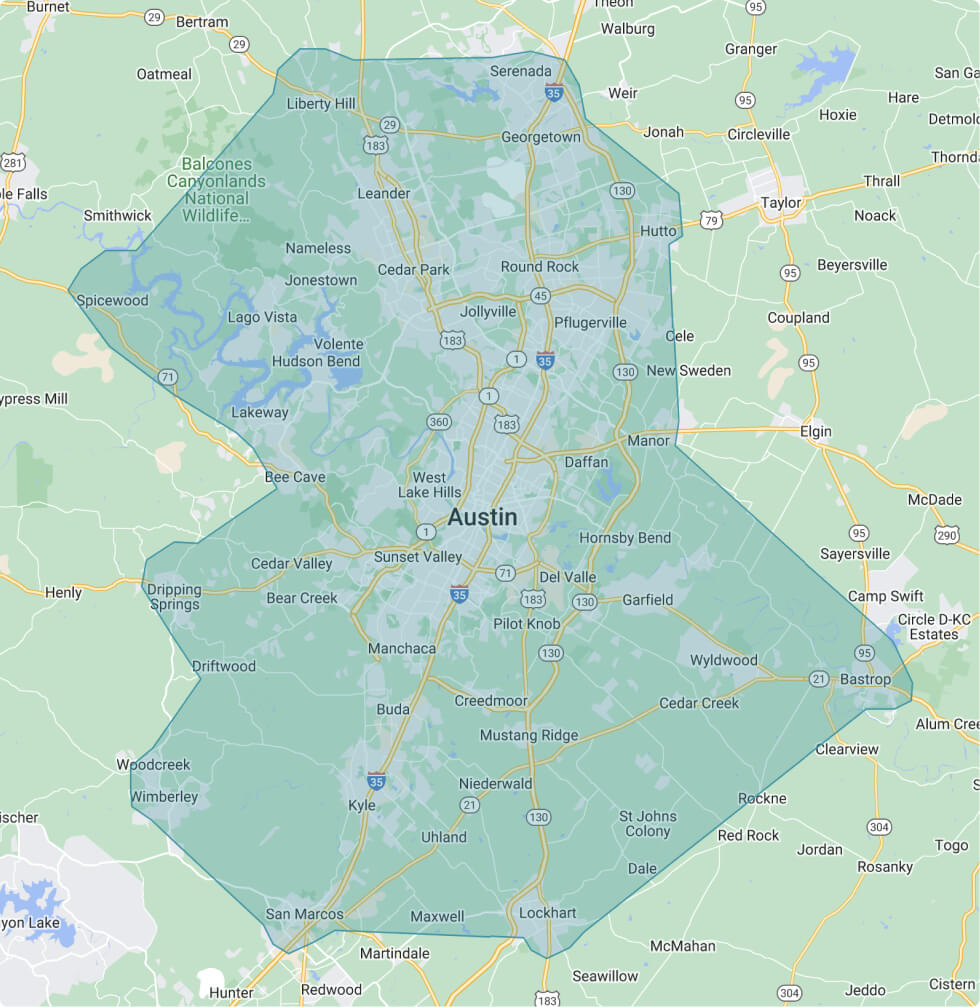Almost all furnace owners in Austin and Buda, TX, will need to invest in expert gas furnace repair from time to time. Your furnace may not be heating as well as it once did, or it just won’t start up. At Mend Services, we are proud to offer gas furnace replacement and repair services to maintain your home comfort.
Gas Furnace Repair and Replacement in Buda & Austin, TX
Schedule NowBenefits of a Second Opinion Includes:
- Confirms Diagnosis and Resolution
- Ensures Appropriate Repairs & Equipment
- Provides a Better Cost Understanding
- Empowers Informed Decision Making

Austin Gas Furnace Repair Specialists
Furnaces are by far one of the most popular heating systems on the market today. You can’t go wrong with natural gas when it comes to getting a furnace with the cheapest operating costs. This fuel is a clean burner and fairly inexpensive for the average homeowner. While you may get annual maintenance service to keep your furnace in tip-top condition, it can experience malfunctions from time to time.
- Not turning on
- Blowing cold air
- Shortcycling
- Odd noises
- Weird odors
A gas furnace is undoubtedly a fairly complex system that must work together to produce adequate heat for your home. If just one component malfunctions, it could lead to system inefficiency or even prevent the entire system from running. When you notice something amiss with your furnace, it’s vital to call us swiftly to get the repairs you need before the problem worsens and becomes more costly to address.
An electric ignitor is one of the most common components of a furnace to experience a malfunction. On older furnaces, this was a pilot light. In modern systems, an electric ignitor sends a spark to the burner to ignite it. When the ignitor fails to throw a spark, the burner can’t light, and your furnace won’t turn on.
Another part of your furnace that’s known to wear out is its blower fan belt. The blower components work to move air throughout your ducting to deliver hot air to the many rooms in your home. When the blower fan belt starts to wear out, it will fray. Eventually, it will break apart and stop spinning the fan on the blower motor. This will lead to no airflow throughout your ducting. With this particular problem, your furnace will turn on like normal, you just won’t be able to hear the blower fan or feel air coming out of your air vents.
A flame sensor is a necessary safety feature on gas furnaces. Its job is to check for a flame and shut off the fuel supply if one is absent. This prevents gas from building up inside the unit. Gas will not flow to the burner if the sensor’s eye gets dirty or fails.

Ensure your heating system is installed correctly and efficiently.
- System design
- Furnace installation
- Heat pump installation
- Smart thermostat setup

Keep your heating system running smoothly and efficiently.
- Regular inspections
- Filter replacement
- Cleaning and tuning
- Performance checks
Dependable solutions for fixing or replacing your heating system.
- System diagnostics
- Component repairs
- Unit replacement
- Expert advice

Reliable emergency services available any time, day or night.
- 24/7 availability
- Immediate response
- Emergency repairs
- On-call technicians
Buda Gas Furnace Replacement Services
Mend Services offers gas furnace replacement services to the Buda and Austin community. We’re happy to be a BBB-accredited business with an A+ rating. We even offer 24/7 emergency service for all your repair needs. We know that peace of mind matters, so we always offer a workmanship guarantee on all the work we do.


Austin Service Area
Greater Austin & the surrounding areas
- Austin
- Bastrop
- Bee Cave
- Buda
- Cedar Park
- Del Valle
- Driftwood
- Dripping Springs
- Georgetown
- Hutto
- Kyle
- Lakeway
- Leander
- Liberty Hill
- Lockhart
- Manchaca
- Manor
- New Braunfels
- Pflugerville
- Round Rock
- San Marcos
- Spicewood
- Wimberley
Don’t see us in your area?
Give us a call at (512) 206-3188

If you need gas furnace repair in Austin or Buda, then contact Mend Services today for assistance.
Discover all of our professional HVAC services!
Testimonials
See why our customers trust Mend
I will not hesitate to use them again!!


Contact Mend Today
©2025 Mend Services. All Rights Reserved.
This site is protected by reCAPTCHA and the Google Privacy Policy and Terms of Service apply.
Web Design and Internet Marketing by RYNO Strategic Solutions










